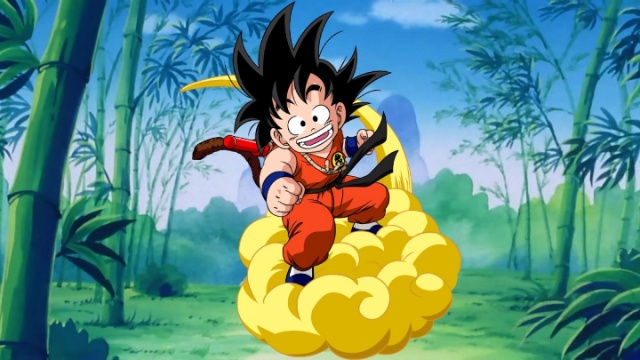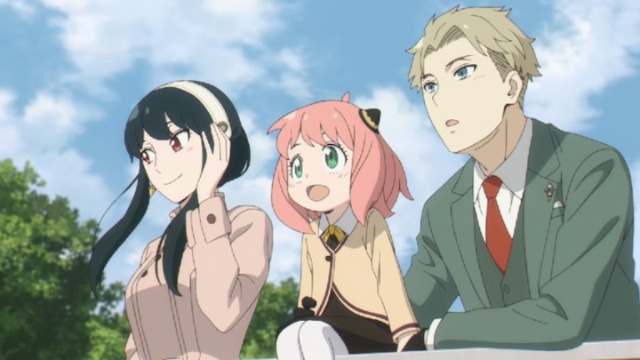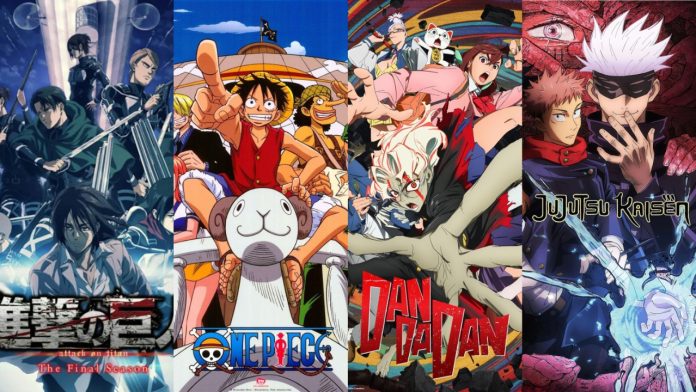Anime, a distinct style of animated storytelling originating in Japan, has evolved from a domestic cultural product into a global phenomenon.
Today, it commands audiences across continents, influences diverse art forms, and generates billions in revenue. From its humble beginnings to its role in shaping international pop culture, anime is more than entertainment—it’s a cultural force.

Origins of Anime
Anime’s roots trace back to early 20th-century Japan, with influences from Western animation such as Walt Disney’s early works. However, it began to take a uniquely Japanese form after World War II. One of the most pivotal figures in anime history is Osamu Tezuka, often referred to as the “God of Manga.” His 1963 creation Astro Boy (Tetsuwan Atom) marked the birth of modern television anime, blending cinematic storytelling with stylized character designs.
During the 1970s and 1980s, anime genres diversified. Mecha series like Mobile Suit Gundam and space operas like Space Battleship Yamato gained popularity. The 1980s and 1990s were a golden age, with classics like Akira, Dragon Ball, Sailor Moon, and Neon Genesis Evangelion pushing the boundaries of animation and storytelling.
Worldwide Cultural Impact

Anime has deeply influenced global culture in multiple ways:
Art and Fashion: Anime’s visual style—characterized by exaggerated facial expressions, vivid colors, and symbolic elements—has inspired Western animation, streetwear, and even high fashion. Designers like Louis Vuitton and artists like Pharrell Williams have incorporated anime themes in their works.
Language and Cultural Exchange: Fans worldwide have embraced Japanese phrases, traditions, and customs through anime. Words like “kawaii” (cute), “senpai” (mentor), and “tsundere” (a type of character personality) have entered global fan lexicons.
Fandom and Communities: Anime conventions, cosplay (costume play), and fan art communities have emerged globally. Events such as Anime Expo (USA), Japan Expo (France), and Comiket (Japan) attract millions of attendees annually, strengthening cultural ties and encouraging creative expression.
Social Themes: Anime often explores deep social issues—ranging from identity and existentialism to war, mental health, and environmentalism. Shows like Death Note, Attack on Titan, and Your Name (Kimi no Na wa) provoke thoughtful discussion beyond entertainment.
Economic Impact
The anime industry is a multi-billion-dollar global enterprise. According to the Association of Japanese Animations, the industry surpassed ¥2.7 trillion (over $18 billion) in global market value in recent years.
Streaming platforms: Services like Netflix, Crunchyroll, and Disney+ have made anime more accessible than ever. Netflix alone has invested heavily in original anime production, signaling the genre’s mainstream viability.
Merchandising: Figures, posters, clothing, and collectibles account for a significant portion of anime-related sales.
Video Games and Collaborations: Anime IPs often extend into gaming, such as Naruto, One Piece, and Demon Slayer. Many anime also collaborate with major brands in technology, food, and apparel.
Tourism: Anime pilgrimage tourism has grown, where fans visit real-life locations featured in shows. Cities like Akihabara (Tokyo) and sites from Your Name or Clannad have seen increased tourism due to their anime associations.

Current Influence and Future Outlook
Today, anime has transcended borders and genres. Its storytelling appeals to both children and adults, exploring a vast range of narratives from slice-of-life to science fiction and fantasy. Titles like Demon Slayer, Jujutsu Kaisen, and Spy x Family have broken box office and streaming records worldwide.
Major trends include:
Global Co-productions: Japanese studios are increasingly collaborating with Western studios and streaming services to produce globally tailored content.
Academic and Critical Recognition: Universities now offer anime studies courses, and works like Spirited Away have won prestigious awards, including the Academy Award for Best Animated Feature.
AI and New Technologies: Innovations in animation software, artificial intelligence, and 3D modeling are reshaping anime production and opening doors for global creators to participate in anime-inspired media.
Conclusion
Anime is more than just animated entertainment—it’s a bridge between cultures, a thriving economic engine, and a creative outlet for millions. Its influence is visible in art, technology, fashion, and social discourse. As global demand continues to rise, anime’s role in shaping the future of storytelling and cultural exchange is more prominent than ever. With its deep emotional narratives and rich artistic heritage, anime stands as a testament to the power of creativity without borders.

Hello, I am a huge anime fan with a decent experience in writing articles regarding the anime industry.


